Phishing - Protection
Cybercriminals use emails or text messages to trick you into providing them with personal information. They may attempt to steal your passwords, account numbers, or other sensitive information. If they obtain this information, they could have access to your email, bank account or other accounts. Every day, scammers launch thousands of such phishing attacks and they are often successful.
Cybercriminals sometimes change their strategies, but there are some clues that will help you identify the fraudulent message or email.
Detect phishing
Everyone is susceptible to a phishing attack. Often, phishing emails are well designed and it takes a trained eye to distinguish real from fake. 👀
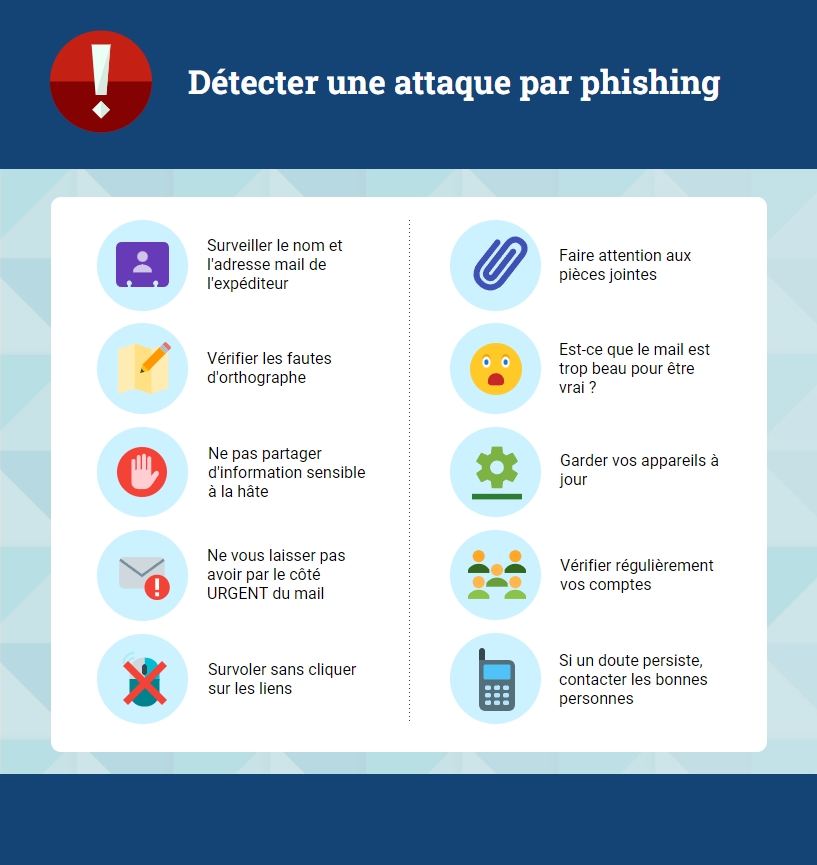
1. Name and email address
Email addresses and domain names can be easily spoofed. It is therefore essential to check that the domain name is not altered by spelling changes in suspicious emails. Even if they appear to come from a trusted sender, always check twice.
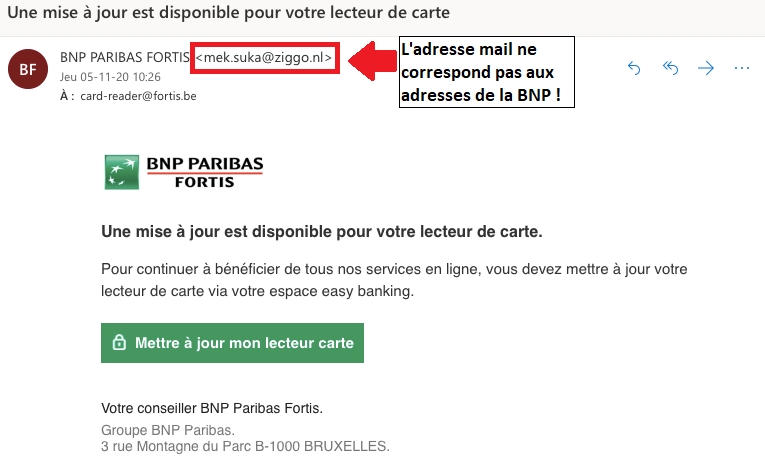
2. Check for spelling mistakes
Cybercriminals are often less concerned with being grammatically correct. This means that typos and spelling errors are often evident in posts. Such errors in an email can be a good indication that the message is not authentic.
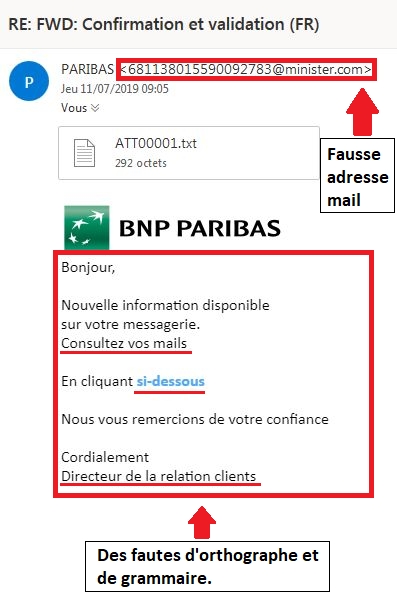
3. Don't share sensitive information in a hurry
Any email asking for sensitive information about you or your business is suspicious. For example, no bank will ever ask for personal information via email. Call your bank directly to check whether an email is genuine or not.
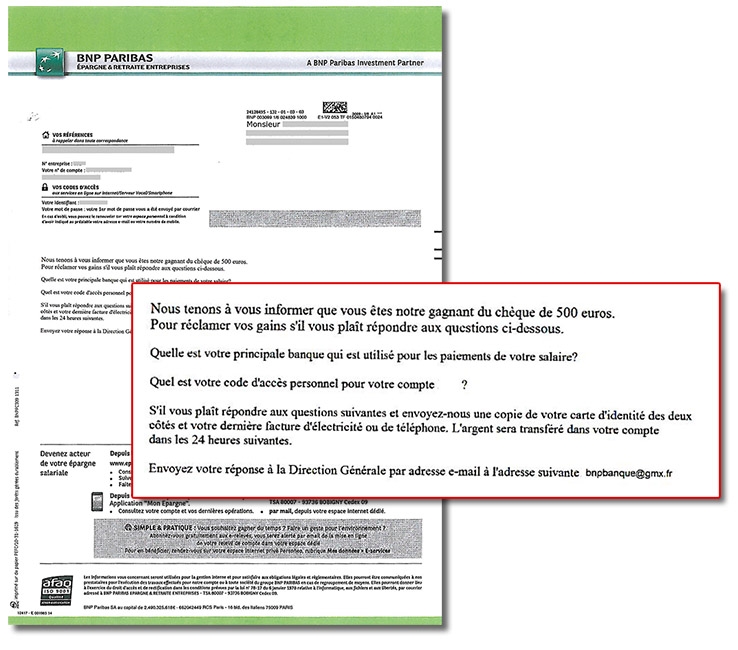
4. Don't be fooled by the URGENT side
Phishing attacks use fear tactics such as urgency and authority to trick victims into taking immediate action. Emails that ask to share personal information or make cash transactions are traps!
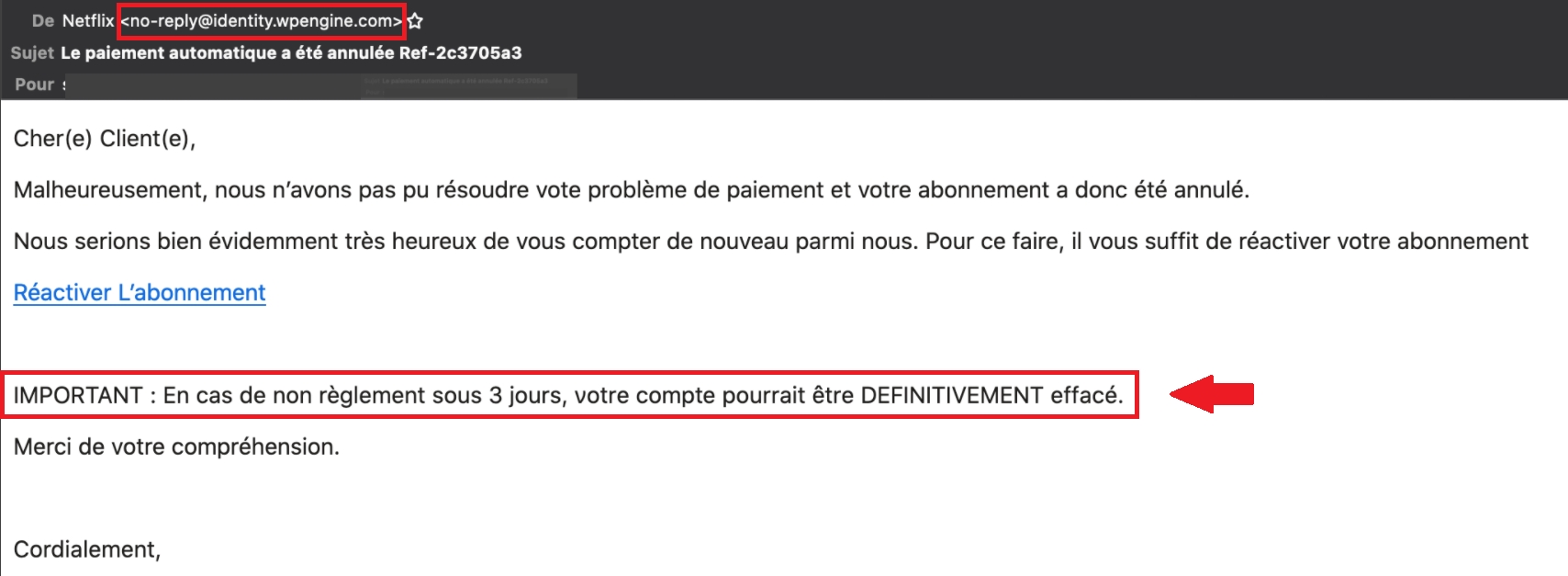
5. Hover without clicking on links
Hover over the URLs. If the alt text does not match the displayed text, or if it looks strange, DO NOT click on it.
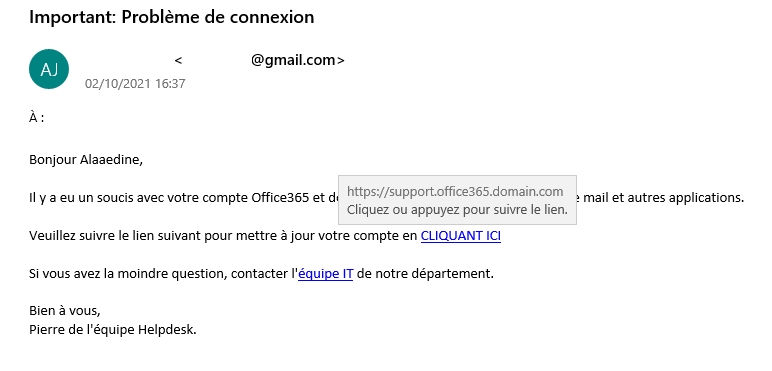
6. Pay attention to attachments
Mouse over attachments to see if they contain a real link, before clicking or downloading them. But if you're still not sure who the sender is, don't click the link or file.
7. Is the email too good to be true?
If it sounds too good to be true, chances are it is! Phishing attacks use fake rewards to trick victims into taking action. You wouldn't win the lottery if you never entered.

8. Keep your devices up to date
Devices, and the applications they contain, are more vulnerable to attacks when systems are not updated. Keep your antivirus up to date and check your devices regularly for updates.
9. Check your accounts regularly
Check your accounts regularly to ensure that no changes have been made without your knowledge. By staying on top of your accounts and knowing what data is kept on each one, it will be easier to spot a phishing attack.
10. If any doubt persists, contact the right people
If you think you have been the victim of a phishing attack, there are several points of contact if you are particular. (See: Contact points)
If you are a victim of phishing in your workplace, speak directly to your cybersecurity team, IT team or your manager.
Points de contact
Belgium
The CCB (Center for Cybersecurity Belgium) has set up an email address [email protected] to voluntarily report phishing emails.
The FPS Economy has set up a contact point for all fraud, deception, scams and scams via the following link: https://pointdecontact.belgique.be/meldpunt/fr/bienvenue
France
Cybermalveillance
The French government has set up the following site:
Cybermalveillance.gouv.fr's mission is to assist individuals, businesses, associations, communities and administrations who are victims of cybercrime, to inform them about digital threats and the means to protect themselves from them.
On this site, there is a section dedicated to phishing and how to react when you are a victim.
The CNIL (National Commission for Information Technology and Liberties) indicates how to react to phishing SMS messages:
Last updated